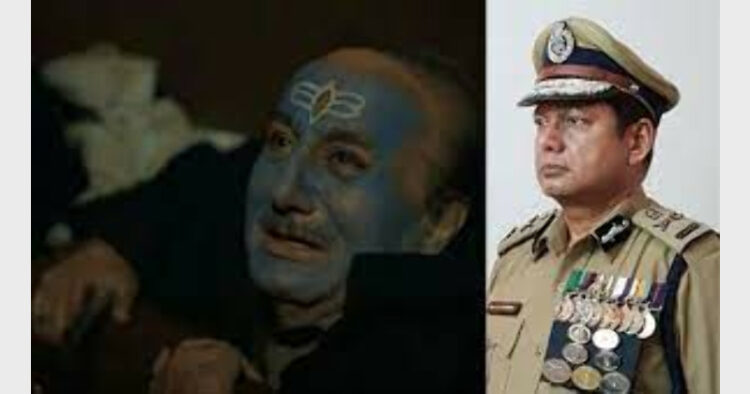Retired IPS officer Dr NC Asthana said that he could not reveal what the Kashmiri Pandits had gone through as he was bound by the Official Secrets Act. But it was certainly scarier than what has been shown in the film.
Former IPS officer who had served in the Valley in the early 1990s, Dr NC Asthana, said that the real violence and persecution faced by the Kashmiri Pandits in the Valley was far scarier than what has been shown in the film The Kashmir Files.
He lamented the fact that he could not reveal the exact details as he was bound by the Official Secrets Act.
Taking to the social media platform, Dr Asthana posted, “Those who have any problem with the censor-cleared Kashmir Files, are free to boycott it or make another film to refute it. Fine. However, I have worked in Kashmir in very sensitive and responsible positions since the early 1990s–I know the truth is more scary than what is shown.”
“Except those few who passed away, most of my colleagues from that era are still alive–many of them were KPs themselves. However, all of us are bound by the Official Secrets Act. That is the tragedy of governance. The public can have only an artistic version, not an official one,” he added.
The Kashmir Files, a movie about the genocide of the Kashmiri Pandits in the early 1990s in the Valley, was released in theatres worldwide on March 11.
The movie is facing a massive backlash from the Leftists and the Islamists for showing the truth of the Kashmir genocide. The vested interests made multiple attempts to stall the production and release of the film.
Dr Asthana also said that the genocide of the Kashmiri Hindus did not stop after 1990. On the contrary, the massacre has continued.
In another post, Dr Asthana listed some major massacres of Hindus in the Valley after the genocide of the Kashmiri Pandits in 1990.
“Kashmir militancy has had three dimensions: military (reflected in attacks on security forces); insurrectional (reflected in organizing of bandhs, strikes, etc.) and; communal (targeted attacks on people of other communities). Besides the recent attacks on a pharmacist and two teachers, previous major communal attacks in J&K have included: the Wandhama massacre (January 1998); Chattisinghpora massacre (March 20, 2000); massacre of Amarnath pilgrims (August 1, 2000); attacks on the Raghunath Temple, Jammu (March 30 and November 24, 2002) and Qasimnagar massacre of Hindus (July 13, 2002); Nandigram massacre (March 23, 2003); and Doda massacre (April 30, 2006),” Dr Asthana said.
Quoting noted historian Dr R. C. Majumdar, Dr Asthana said, “Truth has to be faced…History is no respecter of persons or communities. The real means of solving a problem is to know and understand the facts that produced it, and not to ignore them by hiding the head, ostrich-like, into the sands of fiction.”














Comments